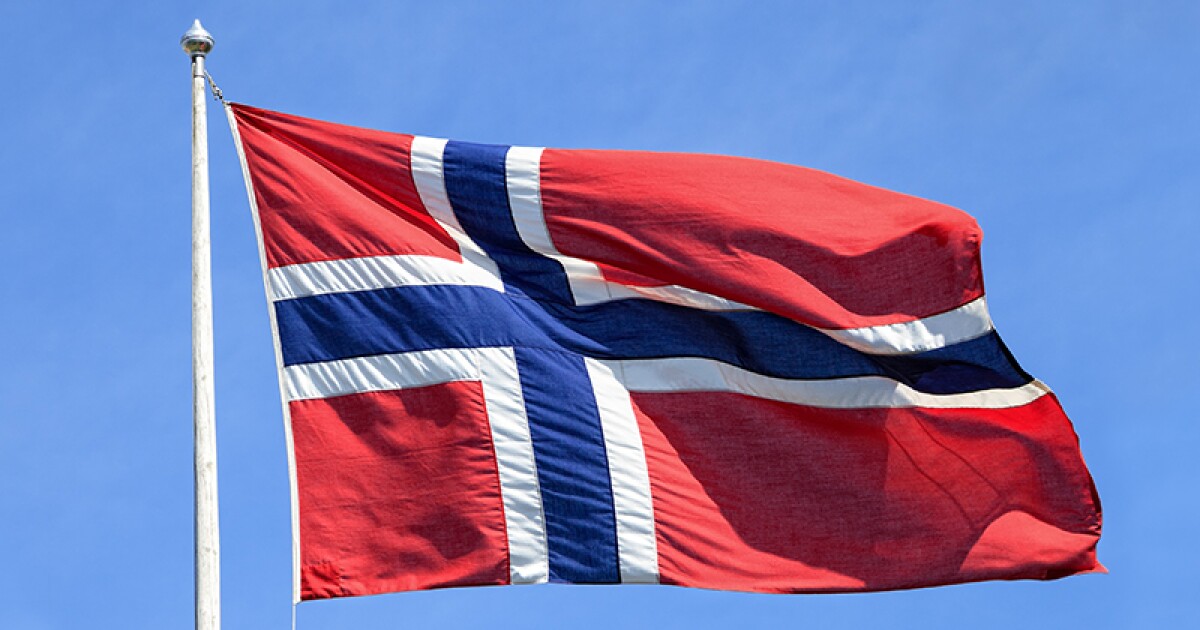Norway’s oil sector is riding high on the back of the rapid ramp-up of the Johan Castberg field this year. Castberg came on line in the Arctic waters of the Barents Sea at the end of March and has already reached its plateau output of 220,000 barrels per day. Meanwhile, as that development is peaking, Norwegian oil major Equinor and its partners have taken a final investment decision on a third phase of development at the Johan Sverdrup oil field, another megaproject that started up in October 2019 and is expected to deliver about 720,000 b/d this year. The additional barrels arrive at an opportune time, when oil markets — and the European market in particular — are calling for the middle distillate-rich medium, sour crudes that these fields produce. Europe must import around 2.8 million b/d of middle distillate products because it is structurally short, so the region’s refiners welcome the availability of more crude with heavier, sour qualities that generate higher yields of diesel and jet fuel than lighter, sweeter crudes. Castberg crude has an API gravity of 34.7° and sulfur content of 0.16%, while Sverdrup has an API gravity of 28.7° and sulfur content of 0.81%, so both of them fit the bill. Neil Crosby, an oil analytics expert at Sparta Commodities, says these volumes are “easily absorbed” into the European market because of a shortage of residue-rich heavier crudes, particularly in the Western Hemisphere, since the US and Europe do not produce enough of them. Sverdrup pricing was strong in June and through most of July, fetching premiums of $3-$4 per barrel over light, sweet dated Brent crude. “Sverdrup can get cleaned out quickly and look extremely pricey,” Crosby said.
